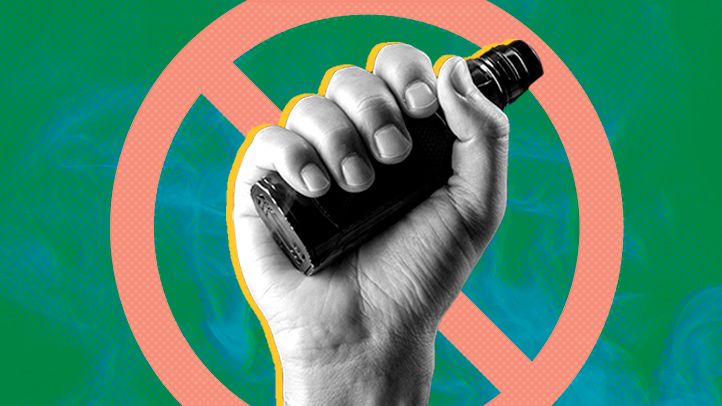Understanding the Need to Quit Vaping
Quitting vaping is crucial for long-term health benefits, as electronic cigarettes contain addictive nicotine and harmful chemicals that can lead to respiratory issues, cardiovascular problems, and addiction. By implementing proven strategies, individuals can overcome cravings and reduce relapse risks effectively.
Proven Strategies for Quitting Vaping Successfully
- Set a Specific Quit Date: Choose a date within the next week to build commitment and mentally prepare for the change, reducing impulsivity.
- Utilize Nicotine Replacement Therapy (NRT): Options like patches, gums, or lozenges provide controlled nicotine doses to ease withdrawal symptoms; consult a healthcare provider for personalized plans.
- Adopt Behavioral Modification Techniques: Identify and avoid vaping triggers (e.g., stress or social situations) by practicing deep breathing, mindfulness, or engaging in physical activities like walking.
- Seek Professional and Social Support: Join support groups or counseling sessions; enlist friends and family for accountability, which enhances motivation and reduces isolation.
- Replace Vaping with Healthy Alternatives: Substitute vaping with activities such as chewing sugar-free gum, drinking water, or exercising to redirect cravings and boost endorphins.
Maintaining Long-Term Success
Track progress through journals or apps to identify patterns, celebrate milestones like smoke-free weeks, and address setbacks promptly with plan adjustments. Consistency in these strategies fosters sustainable vaping cessation.










